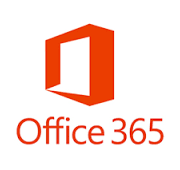Myth Busting Monday: Office 365 Updates Will Break our Business Applications
 Your business depends on your employees being able to use business-critical applications. You want and need your applications to be available and reliable, and the integration with Office needs to work.
Your business depends on your employees being able to use business-critical applications. You want and need your applications to be available and reliable, and the integration with Office needs to work.
Office 365 is Designed to Work with Your Business Applications
Microsoft is committed to Office 365 compatibility with the tools you use every day. They do this by:
- Using one worldwide standard for desktop applications with the familiar tools you use and love, including Word, Excel, and Powerpoint.
- Minimizing object model and API changes in updates and fixed that might interfere with other applications. Chances are, if your business application works with Office 2010, 2013, or 2016 today, it will work with Office 365.
- Closely collaborating with leading software vendors, providing them with tools, and helping them test and maintain compatibility with Office 365.
- Providing you with best-practice guidance for update management and software development.
- Allowing side-by-side installation of Office 365 ProPlus with older versions of office, giving you and your software vendors time to address any issues.
With a clear commitment backed by action, Microsoft lowers the risk of compatibility issues with Office 365 in ways that exceed their historical support for MS Office.
This is the ninth post in a multi-part series designed to help companies better assess the opportunity and value of cloud-based solutions. Contact us to schedule a free, no-obligation Cloud Advisor session to discuss your priorities and plans.



